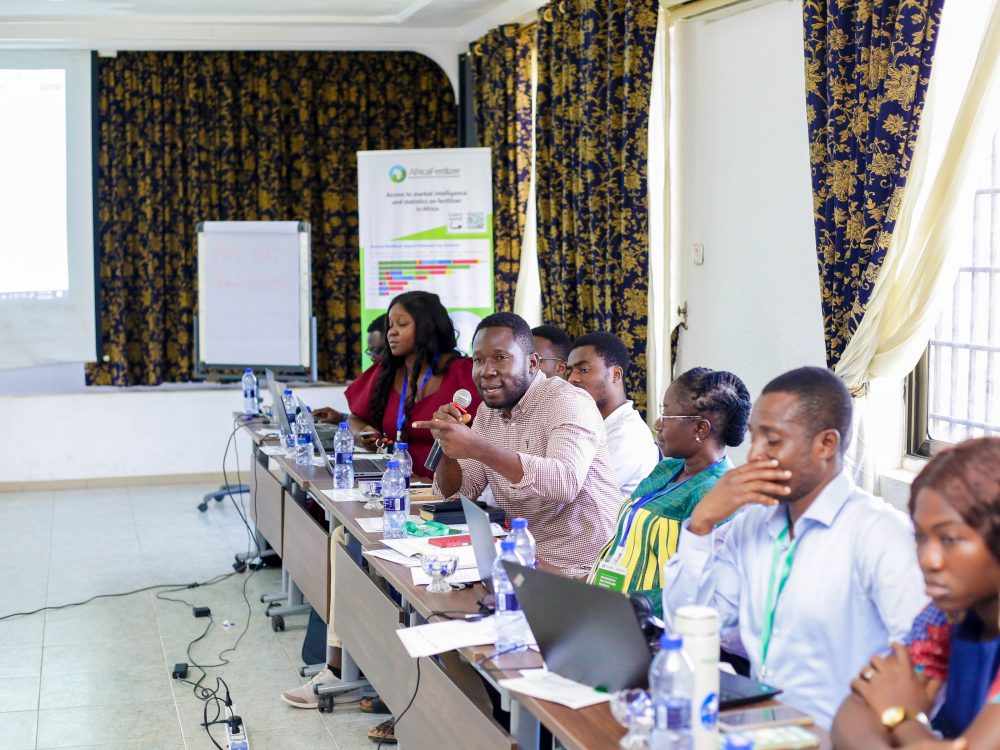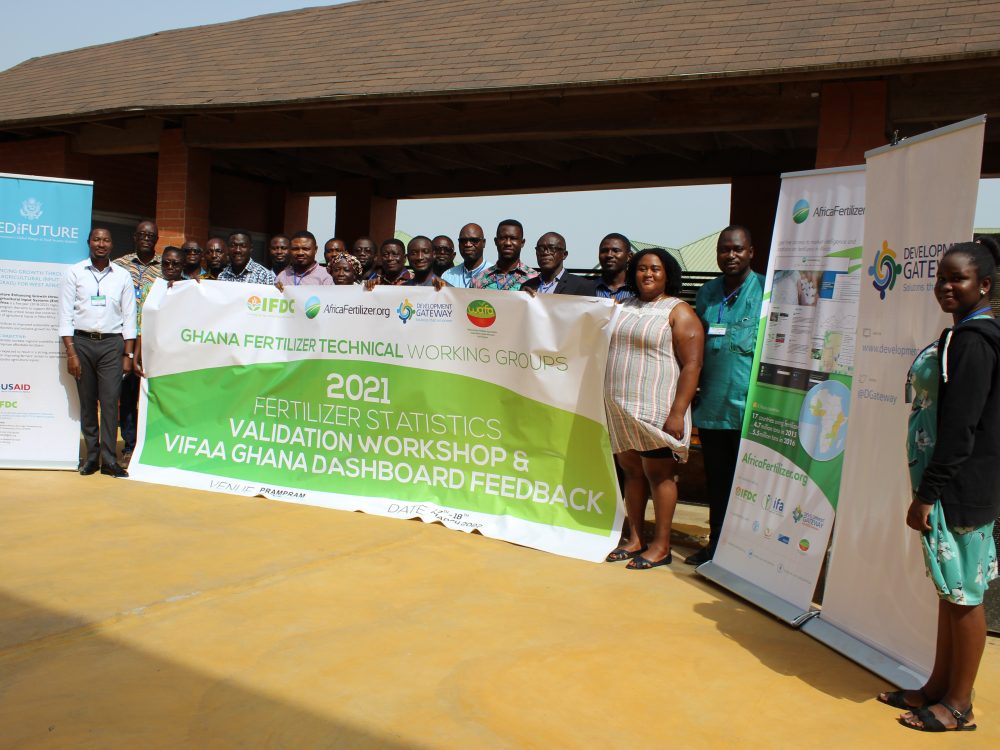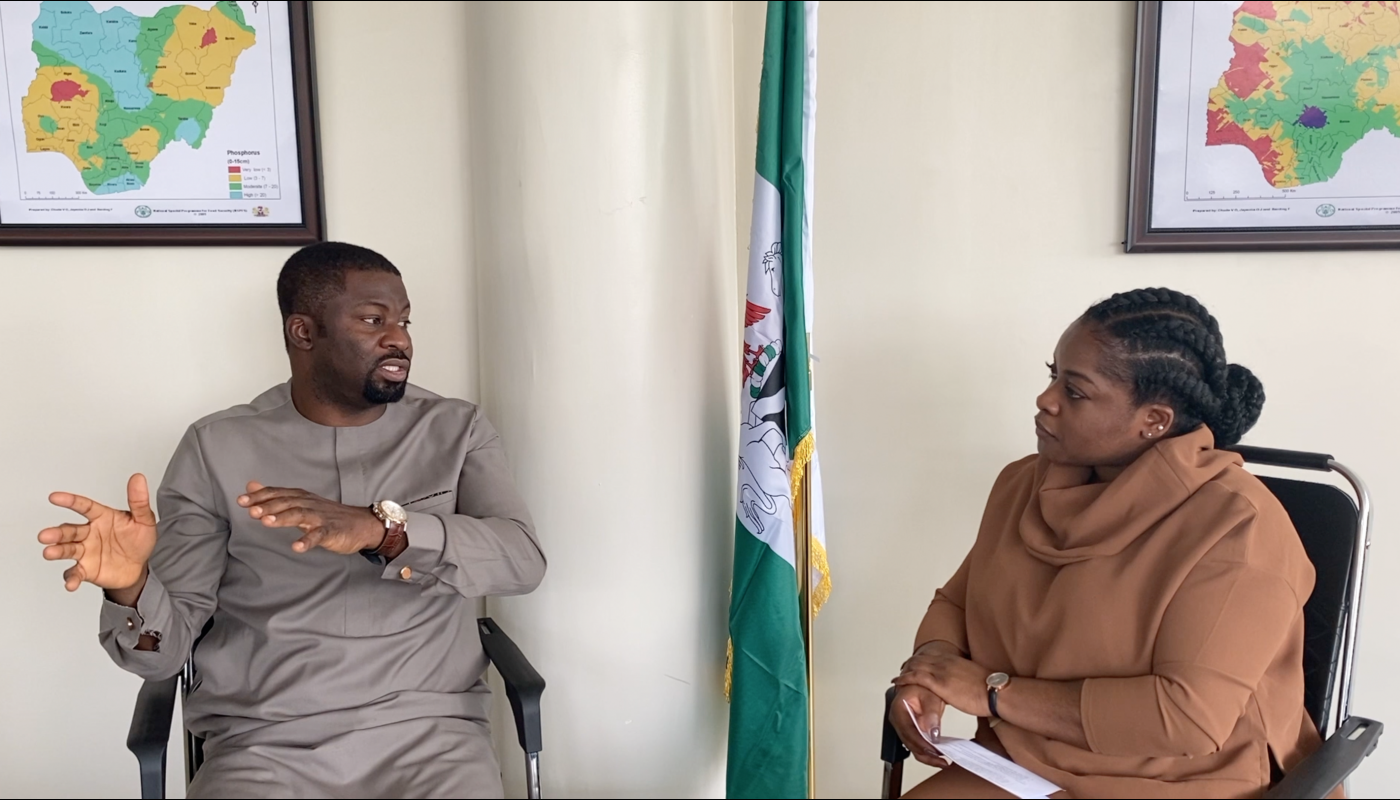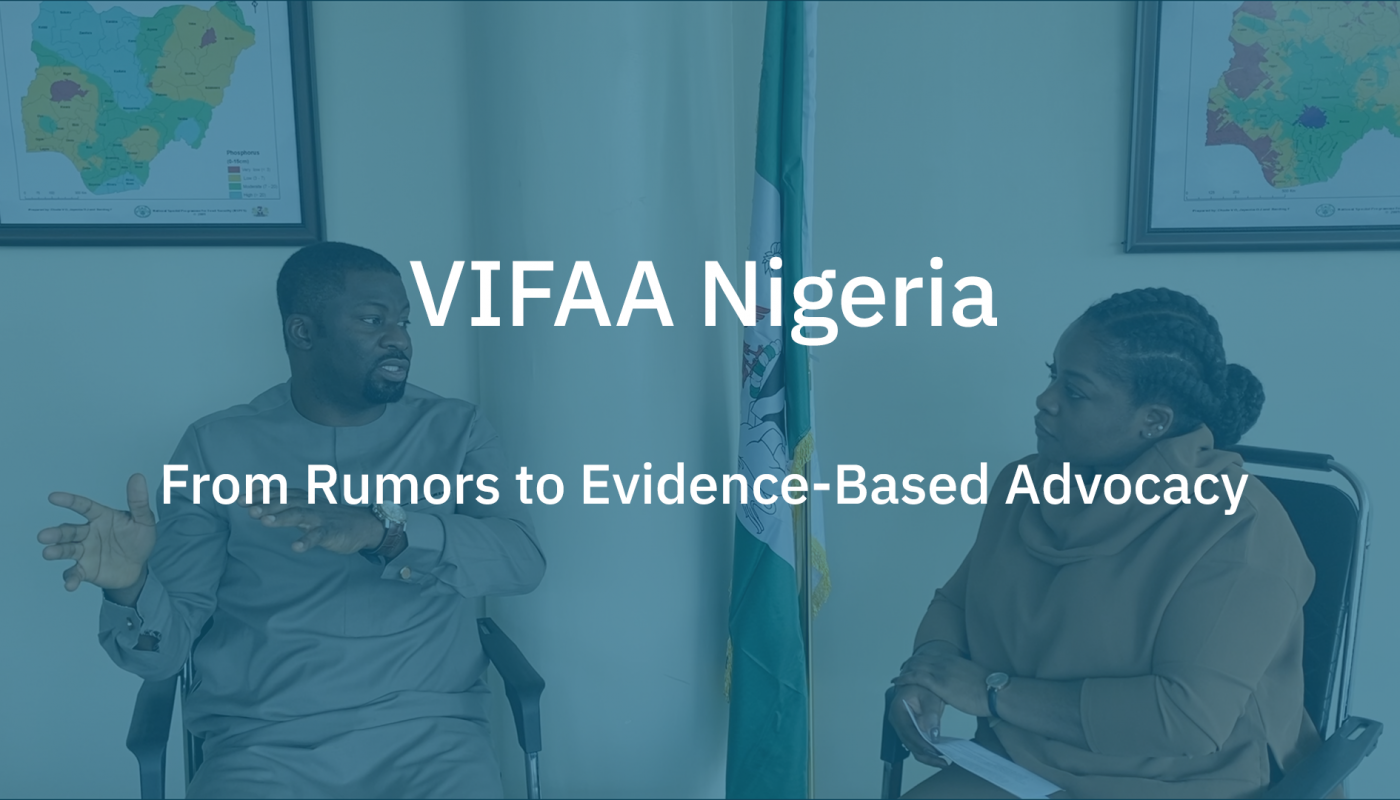
From Rumors to Evidence-Based Advocacy
Through the Visualizing Insights on Fertilizer for African Agriculture (VIFAA) Program, Development Gateway – and partners International Fertilizer Development Center (IFDC) and AfricaFertilizer.org – aim to fill key fertilizer information gaps, increase data-driven policy and investment decisions in the fertilizer sector, and develop comprehensive, user-centered fertilizer data dashboards. The goal is to support development partners and the private sector to respond efficiently and effectively to changes in the fertilizer market, ensuring that sufficient quantities and appropriate fertilizers reach farmers at the right time for planting.
A Changing Fertilizer Sector
In the last decade, there has been over $7 billion worth of private-sector investments into Nigeria’s agriculture sector, 95% coming from the fertilizer sector. The fertilizer market in Nigeria is rapidly changing. In the past few years, Nigeria has gone from 2-3 fertilizer producers and blending plants to over fifty.
Mr. Gideon Negedu is the Executive Secretary of The Fertilizer Producers & Suppliers Association of Nigeria (FEPSAN.) He describes feeling called to work in agriculture, as a place where one can be both passionate and profitable. Specifically that, “there is a way to make an impact directly to the people. Given that 90% of [farmers in Nigeria] are smallholder farmers, with a little innovation we could lift people out of poverty.”
FEPSAN is a national trade association representing the needs and interests of fertilizer manufacturers, blending plants, major distributors, dealers, and farmers in the country. At FEPSAN, Mr. Negedu works directly with the association members, many of whom are newly emerging actors, to expand the fertilizer sector – making it more investment and market-driven.
Using Rumors for Planning
Mr. Negedu describes the paucity of data in the fertilizer sector and making do with what data was available, however limited. In the past, both he and his members relied on rumors and hearsay for information about markets, opportunities, and even crop varieties. One goal to improve agricultural outputs is increased region and crop-specific fertilizers; but as Mr. Negedu explains, “you can’t really [target a region or crop] if you don’t have information… It is all rumors. ‘Everybody says in place X they grow a lot of corn,’ so you set up a blending plant only to learn that the market is not there, it is actually in town Y… But you have to work with what you have.”
Additionally, the fertilizer sector has shifted from a heavily subsidized, public procurement and tender heavy space to a more market-driven approach. For the members of FEPSAN looking to invest in the market by building production or manufacturing plants, having the correct information is crucial.
Developing the Dashboard
The VIFAA Nigeria Dashboard was co-designed by Development Gateway and AfricaFertilizer.org (a project of IFDC), in conjunction with stakeholders like Mr. Negedu and FEPSAN. Built on trusted data validated by Nigeria’s Fertilizer Working Group, the dashboard displays fourteen indicators including apparent consumption, price, availability, and a searchable plant directory. Additionally, this information has been overlaid on the cropland under production map, which is the first cropland mapping in Nigeria since 1973.
Mr. Negedu first heard about the dashboard two years ago, and while he was interested, it seemed lofty and not realistic. Over time, working with the VIFAA team, getting a sense of the methodology and process, he started to understand that it was something serious. Looking at the final product, Mr. Negedu says that the dashboard is a “goldmine” of planning data for FEPSAN’s members.
Building toward Data-Driven Decisions and Evidence-Based Advocacy
For FEPSAN, price data is the most important feature of the dashboard. Nigeria is not completely self-sufficient and continues to import some of the key raw materials needed to make a complete fertilizer blend. The cost information, specifically granular information about what goes into the cost chain buildup (transportation, logistics, etc.) and the interplay with the final price is very useful in helping blenders to plan.
He also expressed that there is not enough evidence-based advocacy in Nigeria. Through the data validation process, the private and public sectors have both bought into a baseline of information, which is now presented on the Dashboard. Building toward a more market-driven approach came about by advocating to the government and showing that some of the interventions in place disincentivized the private sector. This dashboard and it’s trusted data strengthen FEPSAN’s evidence-based advocacy. Mr. Negedu explained, “[The benefit is] not just to our members, there is value for us in our advocacy… on the issues for the fertilizer industry.”
The shift from hearsay to data-driven decision-making has been a herculean task. Mr. Negedu sees tremendous value in the VIFAA Dashboard. He said, “seeing [the data] and visualizing it is fantastic! It is very good to see where production plants are and where blending plants are in just one click. That information overlaid on where the market is, the production data around farming… I can’t emphasize enough – there is value in what we are seeing.”
VIFAA Going Forward
In November 2022, AfricaFertilizer (AFO), our partner on the Visualizing Insights on Fertilizer for African Agriculture (VIFAA) program, rebranded and launched a new website. This website includes the integration of country-specific VIFAA dashboards, which were previously housed in separate websites. By integrating the country-specific dashboards as well as fertilizer data on trade, production, consumption, and retail prices for 18 countries in sub-Saharan Africa, the new AFO data allows easier comparative analysis across countries and contributes its quota to the advancement of food security throughout Africa.
We have updated the previous country-specific dashboards links to now redirect you to AFO’s new website in order to ensure you are accessing the most up-to-date resources.
Share
Related Posts

From Data Gaps to Impact: Key Insights from the VIFAA Program
Over the last six years, DG, together with its partners AfricaFertilizer (AFO) and Wallace & Associates, collaborated to implement the Visualizing Insights on Fertilizer for African Agriculture (VIFAA) Program. In the program’s final year (2024), the team undertook a “program learning process” to reflect on outcomes, challenges, and successes through internal interviews. This blog captures five key learnings, which we hope will guide similar programs aiming to bridge data gaps in agricultural development.

Case Study: Fostering Sustainable Agriculture through Data-Driven Collaboration and Partnership: Ethiopia, Mozambique, and Nigeria
Through DG’s Visualizing Insights on Fertilizer for African Agriculture (VIFAA) program, we recently published a case study titled “Fostering Sustainable Agriculture through Data-Driven Collaboration and Partnership: Ethiopia, Mozambique, and Nigeria.” It dives deep into how the VIFAA program has impacted the fertilizer data and markets in Ethiopia, Mozambique, and Nigeria. In this blog, we explore the overall impact that the VIFAA program is making, why the program was needed, and offer some key highlights from the case study.

Fertilizer Technical Working Groups Provide Key Insights into Africa’s Fertilizer Sector
From June 2021 to September 2022, Development Gateway: An IREX Venture’s (DG’s) Visualizing Insights on Fertilizer for African Agriculture (VIFAA) program convened 12 Fertilizer Technical Working Groups in 14 countries which have yielded essential information on Africa’s fertilizer sector, including insights on how geopolitical events have impacted the fertilizer sector and what is needed to mitigate resulting threats to food security throughout Africa.


